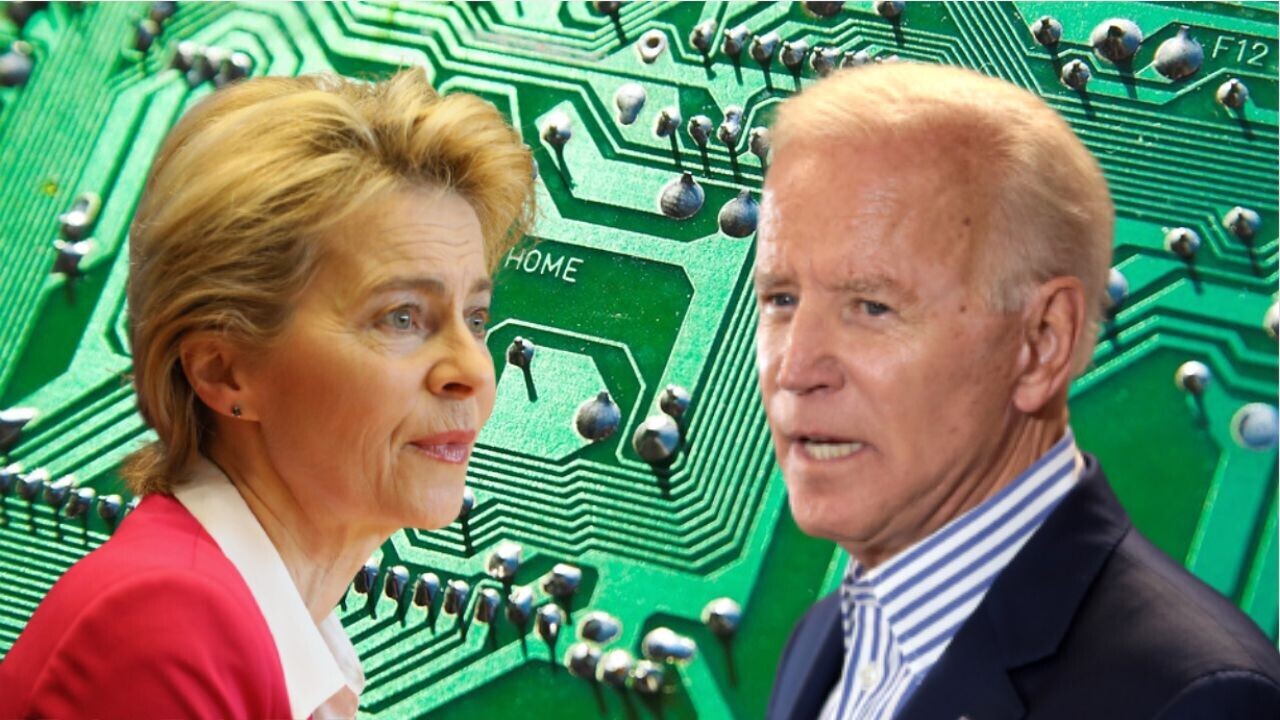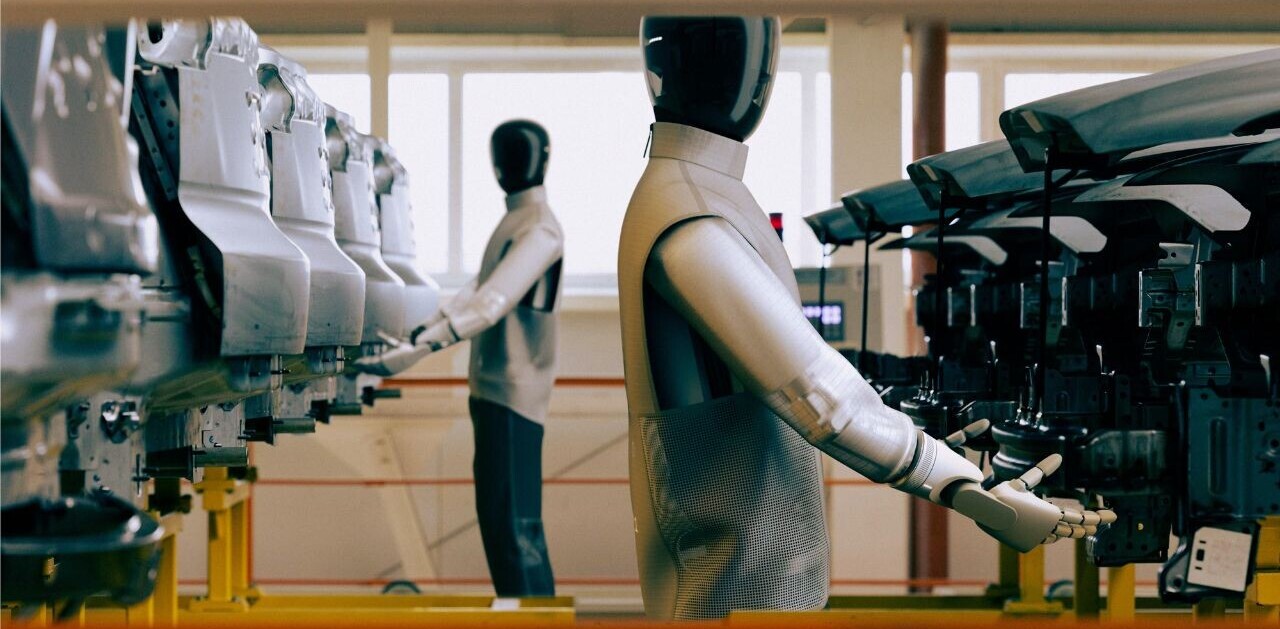
The EU’s new green tech funding plan has sparked concerns about an escalating global subsidy race.
The initiative was launched in response to the US’ Inflation Reduction Act. The act provides $369 billion of subsidies for green technologies, largely through tax credits for products “made in America.”
The incentives have triggered fears that EU companies will be enticed to redirect investment and production to the US. Critics claim the measures amount to protectionism that violates existing trade agreements.
In response to the act, the EU this week unveiled the Green Deal Industrial Plan — a roadmap to make the bloc’s clean tech sector competitive.
The proposals are divided into four pillars: efficient regulation, easier access to finance, enhanced skills, and open trade for resilient supply chains. The European Commission said the plan will protect the Single Market from unfair trade in clean tech, while ensuring that subsidies outside the bloc don’t distort competition.
“We have a once in a generation opportunity to show the way with speed, ambition, and a sense of purpose to secure the EU’s industrial lead in the fast-growing net-zero technology sector,” said Ursula von der Leyen, President of the Commission. “Europe is determined to lead the clean tech revolution.”
The measures have been largely welcomed by German and French politicians — but not everyone’s a fan.
“European countries are not equal in state aid.
A particularly divisive proposal is the loosening of state aid rules until the end of 2025. Smaller EU member states fear the move will disproportionately benefit states with deeper pockets.
Their claim has compelling evidence. In 2022, Germany and France accounted for almost 80% of the state aid granted by the Commission under emergency subsidy rules.
“European countries are not equal when it comes to state aid,” acknowledged EU competition chief Margrethe Vestager on Wednesday.
Critics are also wary of accelerating a subsidy race with the US. Milan Elkerbout, a research fellow at Brussels-based think-tank CEPS, warned in November that the union should prioritize transatlantic cooperation.
“There is also the risk of throwing subsidies towards sectors that may inevitably shift their production anyway in a low-carbon world,” he said.
Politicians in EU member states have misgivings of their own. The finance ministers of Estonia, Finland, Austria, Ireland, Czechia, Denmark, and Slovakia have warned against embarking on a subsidy race, Reuters reported this week. The governments of Finland, Ireland, the Netherlands, Poland, Denmark and Sweden, meanwhile, are concerned the state aid will fragment the internal market and weaken regional development.
Another source of contention is that the new subsidies are largely drawn from repurposing existing funding programs, rather than new investments.
There are also compelling arguments in favour of the EU’s approach. Proponents of the plan say there’s a big enough market on both sides of the Atlantic. Both the US and EU, they note, can benefit from green tech incentives. Nonetheless, the discord appears set to simmer.
French President Emmanuel Macron warned in December that the “super aggressive” American legislation could “divide the west.” The EU’s response, however, threatens to divide the bloc.
Get the TNW newsletter
Get the most important tech news in your inbox each week.




